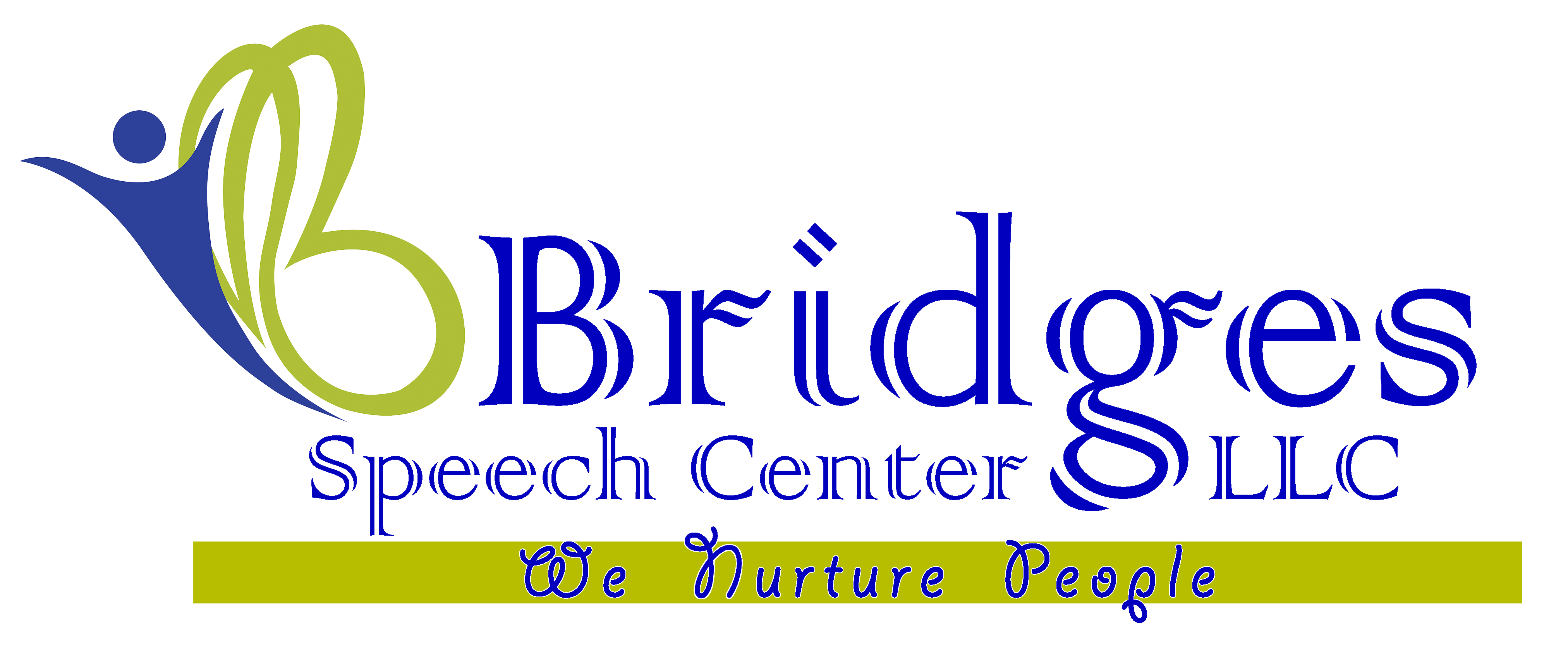- About Us
- Our Services
- Speech Therapy
- Speech and Language Therapies for Adults in Dubai
- Speech and Language Therapies for Children in Dubai
- Accent therapy
- Augmentative Alternative Communication (AAC) Therapy
- Articulation Speech Therapy
- Auditory Processing therapy/ Auditory verbal therapy
- Language Intervention: Speech Delay therapy
- Oral Motor Therapy
- Play Based therapy
- PROMPT/DTTC/RePT for Childhood Apraxia of Speech
- Social communication/Pragmatic language therapy
- Stuttering / Stammering therapy Program
- Spellography Program for Dyslexia
- Voice Therapy
- Home Care Services
- Feeding Therapy
- Physiotherapy
- Pediatric and Geriatric Physiotherapy
- Fall Prevention Programs for the Elderly
- Developmental Delay Treatment for Children
- Cerebral Palsy Management for Children
- Pediatric Orthopedic Conditions
- Osteoporosis Management for the Elderly
- Sports Injuries in Children
- Mobility and Balance Training for Elderly
- Joint Pain Treatment (Knee, Shoulder, Hip)
- Age-Specific Exercise Programs
- Coordination and Balance Exercises
- Orthopedic Physiotherapy
- Neurological Physiotherapy
- Sports Physiotherapy
- Cardiopulmonary Physiotherapy
- Women’s Health Physiotherapy
- Manual Therapy
- Therapeutic Exercise
- Pain Management
- Electrotherapy
- Hydrotherapy
- Ergonomic Consultation
- Tele-Physiotherapy Services
- Pediatric and Geriatric Physiotherapy
- Occupational Therapy
- Sensory Integration
- Clinical Psychology & Psychotherapy
- Cognitive Behavioral Therapy(CBT)
- ABA /Behavior Therapy
- Bridge Learning Program
- Group therapy
- Summer/Winter Program
- Telehealth Services
- Training Program/CEU
- Internship/ Observership
- Dynamic Movement Intervention (DMI)
- Speech Therapy
- Super Team
- Collaboration
- Training Course
- News/Blogs
- About Us
- Our Services
- Speech Therapy
- Speech and Language Therapies for Adults in Dubai
- Speech and Language Therapies for Children in Dubai
- Accent therapy
- Augmentative Alternative Communication (AAC) Therapy
- Articulation Speech Therapy
- Auditory Processing therapy/ Auditory verbal therapy
- Language Intervention: Speech Delay therapy
- Oral Motor Therapy
- Play Based therapy
- PROMPT/DTTC/RePT for Childhood Apraxia of Speech
- Social communication/Pragmatic language therapy
- Stuttering / Stammering therapy Program
- Spellography Program for Dyslexia
- Voice Therapy
- Home Care Services
- Feeding Therapy
- Physiotherapy
- Pediatric and Geriatric Physiotherapy
- Fall Prevention Programs for the Elderly
- Developmental Delay Treatment for Children
- Cerebral Palsy Management for Children
- Pediatric Orthopedic Conditions
- Osteoporosis Management for the Elderly
- Sports Injuries in Children
- Mobility and Balance Training for Elderly
- Joint Pain Treatment (Knee, Shoulder, Hip)
- Age-Specific Exercise Programs
- Coordination and Balance Exercises
- Orthopedic Physiotherapy
- Neurological Physiotherapy
- Sports Physiotherapy
- Cardiopulmonary Physiotherapy
- Women’s Health Physiotherapy
- Manual Therapy
- Therapeutic Exercise
- Pain Management
- Electrotherapy
- Hydrotherapy
- Ergonomic Consultation
- Tele-Physiotherapy Services
- Pediatric and Geriatric Physiotherapy
- Occupational Therapy
- Sensory Integration
- Clinical Psychology & Psychotherapy
- Cognitive Behavioral Therapy(CBT)
- ABA /Behavior Therapy
- Bridge Learning Program
- Group therapy
- Summer/Winter Program
- Telehealth Services
- Training Program/CEU
- Internship/ Observership
- Dynamic Movement Intervention (DMI)
- Speech Therapy
- Super Team
- Collaboration
- Training Course
- News/Blogs
Table of Contents
TogglePediatric and Geriatric Physiotherapy Treatment in Dubai
- Home
- Our Services
- Physiotherapy
Workplace Assessment: Evaluating and Improving Workplace Ergonomics
In today’s fast-paced work environment, the importance of workplace ergonomics cannot be overstated. Workplace assessment, focusing on evaluating and improving workplace ergonomics, plays a crucial role in ensuring employee health, safety, and productivity. Ergonomics is the science of designing workspaces, tools, and tasks to fit the worker, thereby reducing the risk of injury and enhancing performance. A comprehensive workplace assessment involves a systematic evaluation of the physical, cognitive, and organizational aspects of the work environment.
Understanding Workplace Ergonomics
Workplace ergonomics involves the study and application of human factors engineering to create a work environment that accommodates the physical and psychological needs of employees. This includes the design of workstations, tools, and equipment, as well as the organization of tasks and workflows. Proper ergonomics can help prevent musculoskeletal disorders (MSDs), reduce fatigue, and improve overall job satisfaction.
Importance of Workplace Assessment
A thorough workplace assessment is essential for identifying potential ergonomic hazards and implementing effective solutions. The primary goals of a workplace assessment are:
- Reducing Injury Risk: Identifying and mitigating ergonomic hazards can significantly reduce the risk of injuries such as carpal tunnel syndrome, tendonitis, and back pain.
- Enhancing Productivity: An ergonomically optimized workspace can improve efficiency and productivity by minimizing physical strain and discomfort.
- Improving Employee Well-being: A comfortable and safe work environment can enhance employee morale, job satisfaction, and overall well-being.
- Compliance with Regulations: Adhering to occupational health and safety regulations is critical for avoiding legal liabilities and ensuring a safe workplace.
Key Components of Workplace Assessment
A comprehensive workplace assessment typically includes the following components:
- Workstation Evaluation:
- Seating: Assessing the suitability of chairs in terms of adjustability, lumbar support, and cushioning. Proper seating helps maintain good posture and reduce strain on the back and neck.
- Desk Height: Ensuring desks are at an appropriate height to allow for comfortable typing and viewing angles. Adjustable desks can accommodate different tasks and user preferences.
- Monitor Placement: Evaluating the position of computer monitors to reduce eye strain and neck discomfort. Monitors should be at eye level and an appropriate distance from the user.
- Keyboard and Mouse Position: Ensuring keyboards and mice are positioned to prevent awkward wrist and arm positions. Ergonomic keyboards and mice can reduce the risk of repetitive strain injuries.
- Task Analysis:
- Repetitive Tasks: Identifying tasks that involve repetitive motions and implementing strategies to minimize their impact. This may include job rotation, task variation, and micro-breaks.
- Manual Handling: Evaluating tasks that involve lifting, carrying, or moving objects. Providing proper training and equipment, such as lifting aids, can reduce the risk of musculoskeletal injuries.
- Cognitive Load: Assessing the mental demands of tasks and ensuring they are manageable. Strategies to reduce cognitive load include task simplification, automation, and adequate breaks.
- Environmental Factors:
- Lighting: Ensuring adequate lighting to reduce eye strain and improve visibility. Natural light and adjustable task lighting can enhance the work environment.
- Noise: Evaluating noise levels and implementing measures to reduce excessive noise. Sound-absorbing materials and noise-canceling equipment can improve concentration and comfort.
- Temperature and Air Quality: Ensuring a comfortable temperature and good air quality to promote health and well-being. Proper ventilation and climate control systems are essential.
- Organizational Aspects:
- Work Schedules: Assessing work schedules to ensure they allow for adequate rest and recovery. Flexible work arrangements and regular breaks can reduce fatigue and stress.
- Training and Education: Providing ergonomic training and education to employees. This empowers them to identify and address ergonomic issues in their own workspaces.
- Employee Feedback: Encouraging employees to provide feedback on their work environment and ergonomic concerns. Regular surveys and open communication channels can help identify and address issues promptly.
Implementing Ergonomic Solutions
Once a workplace assessment is completed, the next step is to implement ergonomic solutions based on the findings. This may involve:
- Redesigning Workstations: Modifying workstations to better fit the needs of employees. This can include adjustable furniture, ergonomic accessories, and improved layout.
- Providing Ergonomic Tools: Equipping employees with ergonomic tools such as adjustable chairs, sit-stand desks, and ergonomic keyboards and mice.
- Training Programs: Conducting training sessions to educate employees on proper ergonomics and safe work practices. This can include posture training, stretching exercises, and safe lifting techniques.
- Regular Monitoring: Continuously monitoring the work environment and making necessary adjustments. Regular follow-up assessments ensure that ergonomic solutions remain effective and up-to-date.
Benefits of Ergonomic Interventions
Investing in workplace ergonomics has numerous benefits for both employees and employers. These include:
- Reduced Absenteeism: By minimizing the risk of injuries and improving overall health, ergonomic interventions can reduce absenteeism and associated costs.
- Increased Productivity: Employees who are comfortable and free from pain are more likely to be productive and focused on their tasks.
- Enhanced Employee Retention: A safe and supportive work environment can improve job satisfaction and reduce turnover rates.
- Positive Workplace Culture: Demonstrating a commitment to employee well-being fosters a positive workplace culture and enhances organizational reputation.
Conclusion
Workplace assessment and ergonomic interventions are essential for creating a safe, healthy, and productive work environment. By evaluating workstations, tasks, environmental factors, and organizational aspects, employers can identify ergonomic hazards and implement effective solutions. This not only reduces the risk of injuries and improves employee well-being but also enhances productivity and organizational success. Investing in workplace ergonomics is a proactive approach that benefits both employees and employers, leading to a healthier, happier, and more efficient workforce.
Make Appointment
Testimonials
What Parents Say
Send us an email if you wish to talk to any of them. For more reviews, please go to Google reviews.

My experience with bridges speech centre has been great. My child is attending OT in the center and we are happy and proud with the progress Mrs. Richa has made. The therapists are very supportive and knowledgable in selecting techniques to suit with our child's requirements . Their monthly review and evaluation is remarkable. I highly recommend bridges speech centre to anyone looking for an affordable and professional therapy for their child....

We were asked to consult a speech therapist for my son. As parents we were quite skeptical about this whole process. However, once my son started attending Dr Rupali’s sessions we noticed a drastic improvement in his speech. He used to speak only a few words but within the 1st four sessions he started speaking up-to 5 words sentences. I also learnt to manage my child’s emotions better with Dr Rupali’s guidance. She is very cooperative and patiently answer all questions.

We took our 21 month old daughter to Bridges speech center following her cleft palate surgery as she needed Speech therapy. Ms.Rupali was recommended to us by both our Pediatrician and ENT specialist. The staff at Bridges are qualified, warm and friendly. My daughter loved to attend the speech therapy sessions. Through various techniques and simulations provided during these sessions, I can see considerable improvement in my daughter's speech. Lastly I would say, no child is same, as parents we need to be patient and trust the process.

Rupali was excellent. In just couple of sessions she helped my child overcome difficulty in pronouncing ch and sh sound. Thanks very much.Highly recommend for children who will need assistance in speech therapy.
Blog & Article
Our Latest Blog & Articles
Developmental Delay Symptoms: Early Signs Parents Shouldn’t Ignore
Feeding Therapy and Developmental Delay Symptoms Parents Shouldn’t Ignore Mealtimes are one of...
Neurological disorders in kids
Parents hear the phrase neurological disorders in kids a lot during doctor visits,...


